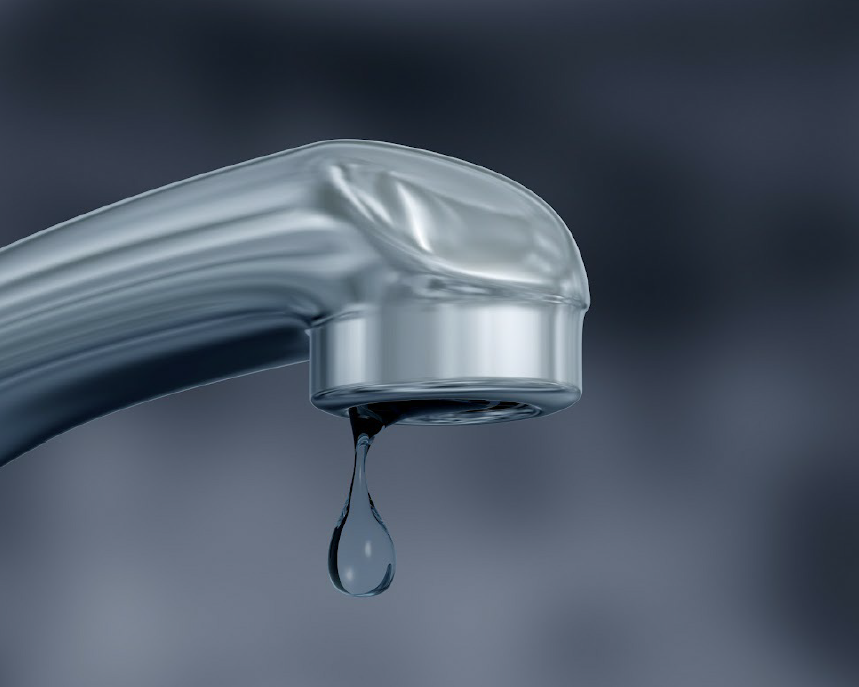Detecting Hidden Water Line Leaks: Six Clever Hacks
Detecting Hidden Water Line Leaks: Six Clever Hacks
Blog Article
The article author is making a number of good pointers on the subject of Detecting hidden plumbing leaks in general in this content on the next paragraphs.

Early discovery of dripping water lines can mitigate a potential catastrophe. Apart from saving you money, it will reduce the worry and also aggravation. The moment you find a leak, calling your plumber for repair services is the most effective remedy. Nonetheless, some tiny water leakages might not show up. If you can not spot it with your naked eyes, below are some hacks that assist.
1. Take A Look At the Water Meter
Every residence has a water meter. Checking it is a surefire way that helps you discover leakages. For starters, shut off all the water sources. Guarantee nobody will certainly purge, use the faucet, shower, run the washing device or dishwasher. From there, most likely to the meter and also watch if it will change. Since no person is utilizing it, there should be no motions. If it relocates, that shows a fast-moving leak. Furthermore, if you detect no changes, wait an hour or more and also examine back once again. This suggests you might have a sluggish leak that could also be below ground.
2. Examine Water Usage
Evaluate your water bills and also track your water usage. As the one paying it, you should notice if there are any kind of inconsistencies. If you spot sudden changes, despite your intake being the same, it implies that you have leakages in your plumbing system. Keep in mind, your water costs must drop under the exact same range on a monthly basis. An unexpected spike in your bill shows a fast-moving leak.
A stable increase every month, also with the very same practices, shows you have a sluggish leakage that's also slowly escalating. Call a plumber to completely check your residential property, particularly if you really feel a warm area on your flooring with piping underneath.
3. Do a Food Coloring Test
When it comes to water consumption, 30% comes from bathrooms. If the shade somehow infiltrates your bowl throughout that time without flushing, there's a leak between the container and also bowl.
4. Asses Exterior Lines
Don't fail to remember to examine your outdoor water lines as well. Must water seep out of the link, you have a loose rubber gasket. One small leak can lose heaps of water and spike your water bill.
5. Evaluate and Evaluate the Circumstance
Property owners need to make it a behavior to examine under the sink counters and also inside closets for any type of bad odor or mold growth. These 2 red flags show a leakage so timely attention is called for. Doing routine evaluations, even bi-annually, can conserve you from a major trouble.
A lot more importantly, if you recognize your house is already old, maintain a watchful eye on your heaters, tubes, pipelines etc. Check for stainings and also compromising as a lot of appliances and pipes have a life expectancy. They will likewise normally wear away as a result of tear and wear. If you presume leaking water lines in your plumbing system, don't await it to rise. Call a specialist plumber immediately so you do not end up with a dreadful mess in your house.
Early detection of dripping water lines can alleviate a potential catastrophe. Some small water leaks might not be noticeable. Examining it is a surefire means that helps you uncover leakages. One small leakage can lose heaps of water and increase your water bill.
If you suspect leaking water lines in your plumbing system, do not wait for it to escalate.
WARNING SIGNS OF WATER LEAKAGE BEHIND THE WALL
PERSISTENT MUSTY ODORS
As water slowly drips from a leaky pipe inside the wall, flooring and sheetrock stay damp and develop an odor similar to wet cardboard. It generates a musty smell that can help you find hidden leaks.
MOLD IN UNUSUAL AREAS
Mold usually grows in wet areas like kitchens, baths and laundry rooms. If you spot the stuff on walls or baseboards in other rooms of the house, it’s a good indicator of undetected water leaks.
STAINS THAT GROW
When mold thrives around a leaky pipe, it sometimes takes hold on the inside surface of the affected wall. A growing stain on otherwise clean sheetrock is often your sign of a hidden plumbing problem.
PEELING OR BUBBLING WALLPAPER / PAINT
This clue is easy to miss in rooms that don’t get much use. When you see wallpaper separating along seams or paint bubbling or flaking off the wall, blame sheetrock that stays wet because of an undetected leak.
BUCKLED CEILINGS AND STAINED FLOORS
If ceilings or floors in bathrooms, kitchens or laundry areas develop structural problems, don’t rule out constant damp inside the walls. Wet sheetrock can affect adjacent framing, flooring and ceilings.
https://www.servicemasterbyzaba.com/blog/how-to-detect-water-leakage-in-walls/

As a passionate reader about Top leak detection hacks, I assumed sharing that excerpt was a great idea. Don't hesitate to set aside a second to share this post if you appreciated it. I treasure reading our article about Locating water leaks.
Request An Appointment Report this page